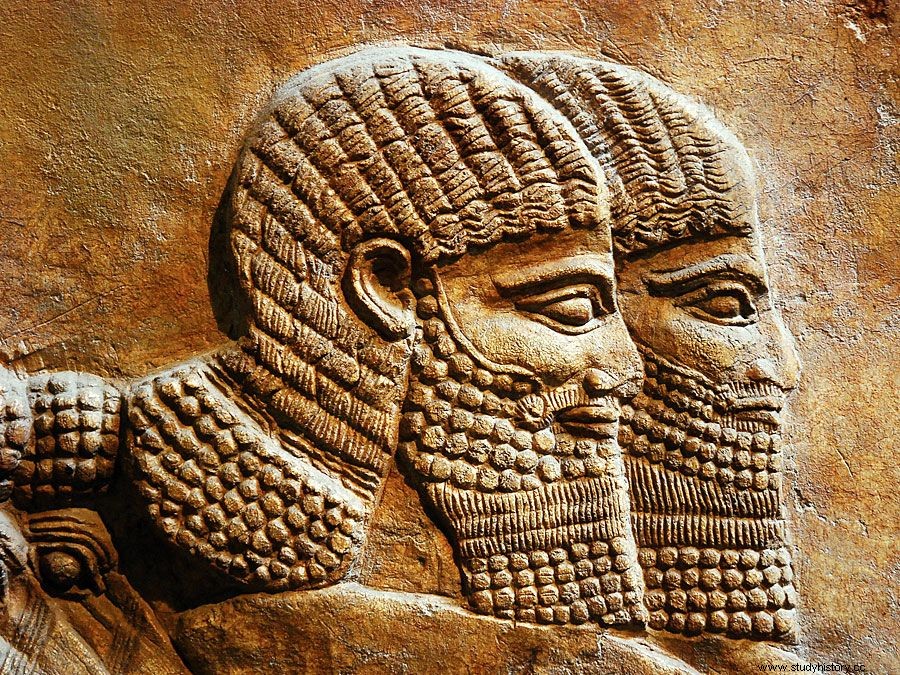'Adullam , ancient city and modern development area, in the upper part of Ha-Shefela, Central Israel . The Hill of Tel ʿAdullam or H̱orbat ("ruins of") ʿAdullam (Arabic:Tall Ash-Shaykh Madhkūr), 36 km southwest of Jerusalem, is generally believed to be the site of the ancient city accepted. The earliest reference to ʿAdullam is in the book of Genesis, which records the activities of Judah son of Jacob in the region (Genesis 38). After the excerpt from Egypt and the Israelite conquest, Adullam was assigned to the tribe of Judah (Joshua 15:35). Later while David's Fleeing from King Saul, he and his followers took refuge in the caves fortified there (1 Samuel 22:1-4 ). After the division of the Jewish kingdom (10th century v ), Solomon's son Rehoboam, the first king of Judah, fortified ʿAdullam, but it and the other fortified cities of Judah became from Pharaoh Sheshonk I. (biblical shishak) ingested around 935–914 v . Chr . Egypt ruled .
 Britannica Quiz The Middle East:Fact or Fiction? Is the literacy rate very high in Afghanistan? Does Yemen take its name from the Arabic word "northern"? Sort the facts in this quiz about Syria, Iraq and other Middle Eastern countries.
Britannica Quiz The Middle East:Fact or Fiction? Is the literacy rate very high in Afghanistan? Does Yemen take its name from the Arabic word "northern"? Sort the facts in this quiz about Syria, Iraq and other Middle Eastern countries.
In later centuries, Adullam was named after the Babylonian Exile (early 6th century v . Ch. ) Reoccupied by the Jews . During the Hasmonean Rebellion (2nd century v . Ch. ) Took Judas Maccabeus Gorgias, one of the Generals from Antiochus IV Epiphanes, the walled city from (2 Maccabees 12:38).
In modern Israel, the name ʿAdullam is handed over to the planned development region in the former "Jerusalem Corridor" (1949–67) west of the capital. This hilly area on the border between Ha-Shefela and Mount Yehuda (Judea) includes the ancient site. Settlement began in 1958; Several agricultural villages and rural sub-centres were established. Due to the area's proximity to Jerusalem, no main regional center was built, but most villages were clustered around three rural centers. Orchards are prominent in the north-eastern part of the region, while crops predominate in the south-west. Mixed light was made in some villages.
